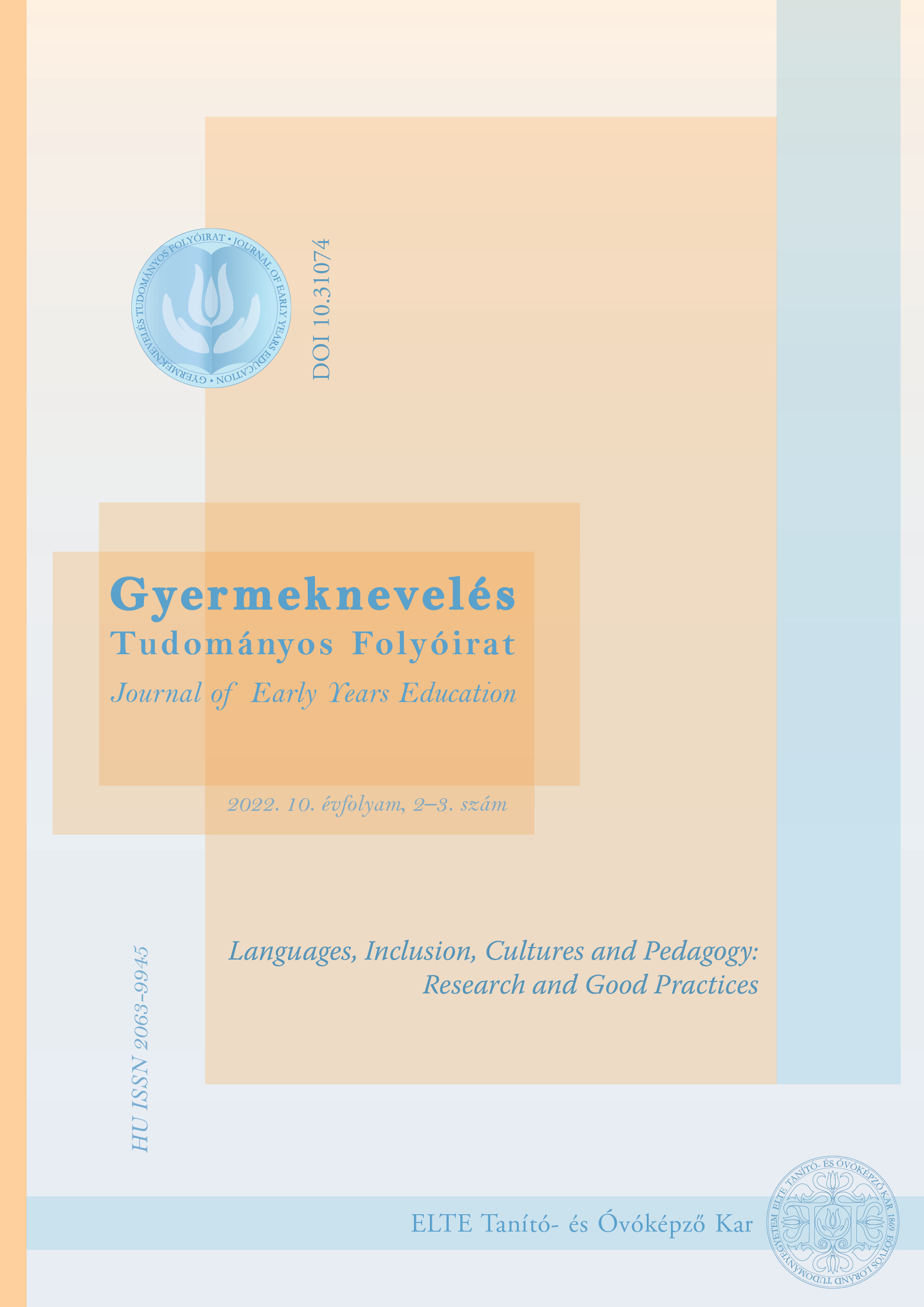Theoretical Parallels in the Exercise of the Power of Vision and Reading
A Comparative Study of Ovid’s and Caravaggio’s Narcissus
DOI:
https://doi.org/10.31074/gyntf.2022.2.337.343Kulcsszavak:
comparative literary and cultural studies, literary theory, Caravaggio, Ovid, NarcissusAbsztrakt
This paper reflects on the nature of reading and vision as analysed in a comparison between Caravaggio’s work entitled Narcissus and a famous narration of the myth describing Narcissus and Echo as found in Ovid’s Metamorphoses. In lines 428-429 of Book IV in Ovid’s poem, Narcissus yearningly approaches the image of his own love as reflected in the water’s surface and touches the water. In Caravaggio’s depiction, this gesture not only shows how vision can create illusion, but also breaks the illusion through the perception of touch that renders the object of desire unperceivable and, thus, unreachable. Since Narcissus’s face does not reflect the experience of breaking the illusion, Caravaggio offers an interpretation of Ovid’s narration which suppresses the tension between perceptions via the domination of vision. The painting appears to claim that desire may remain unbroken based on vision even if Narcissus experiences the opposite. In contrast, the linearity of the narrative in Metamorphoses relays these two moments to the reader, one after the other. Additionally, in Ovid’s version, the nature of visuality and perception appears within the story of Tiresias, the blind seer. Therefore, Ovid’s thematization of vision becomes contextually connected to the literary motifs of blindness and foreseeing. The helplessness inherent to Narcissus’s physical sense of vision and Tiresias’s ability to foresee the future despite his blindness creates an opportunity for viewers and readers alike to ponder the potential of reading and vision in literature and art.
Letöltések
Hivatkozások
Derrida, J. (1993). Memoirs of the Blind. The Self-Portrait and Other Ruins. The University of Chicago Press.
Hardie, P. (2002). Ovid’s Poetics of Illusion. Cambridge University Press.
Alberti, L. B. (1997). A festészetről. Della pittura, 1436. Balassi Kiadó.
Ovidius, P. N. (1922). Metamorphoses. Cornhill Publishing Co.
Ovidius, P. N., Magnus, H. (1892, Ed.). Metamorphoses. Fiedrich Andreas Perthes.
Raabe, R. (1996). Der imaginierte Betrachter. Studien zu Caravaggios römischem Werk. Georg Olms Verlag.
Rényi, A. (1999). A testek világlása. Hermeneutikai tanulmányok. Kijárat Kiadó.
Uspensky, B. A. (1975). ‘Left’ and ‘Right’ in Icon Painting. Semiótica, 13, 33–39. https://doi.org/10.1515/semi.1975.13.1.33
##submission.additionalFiles##
Megjelent
Hogyan kell idézni
Folyóiratszám
Rovat
License
Copyright (c) 2022 Szerző

This work is licensed under a Creative Commons Attribution-NonCommercial-ShareAlike 4.0 International License.

